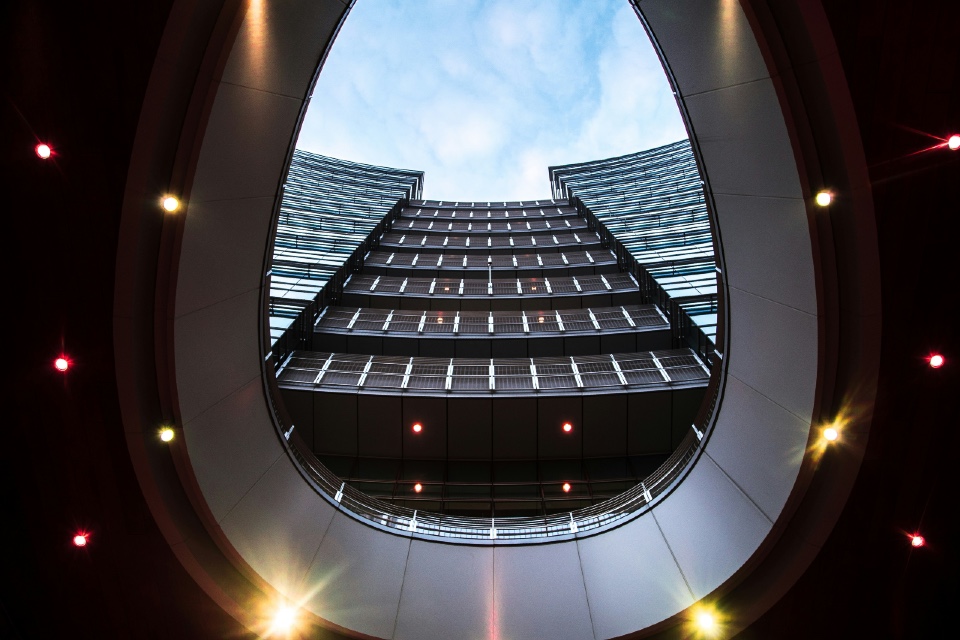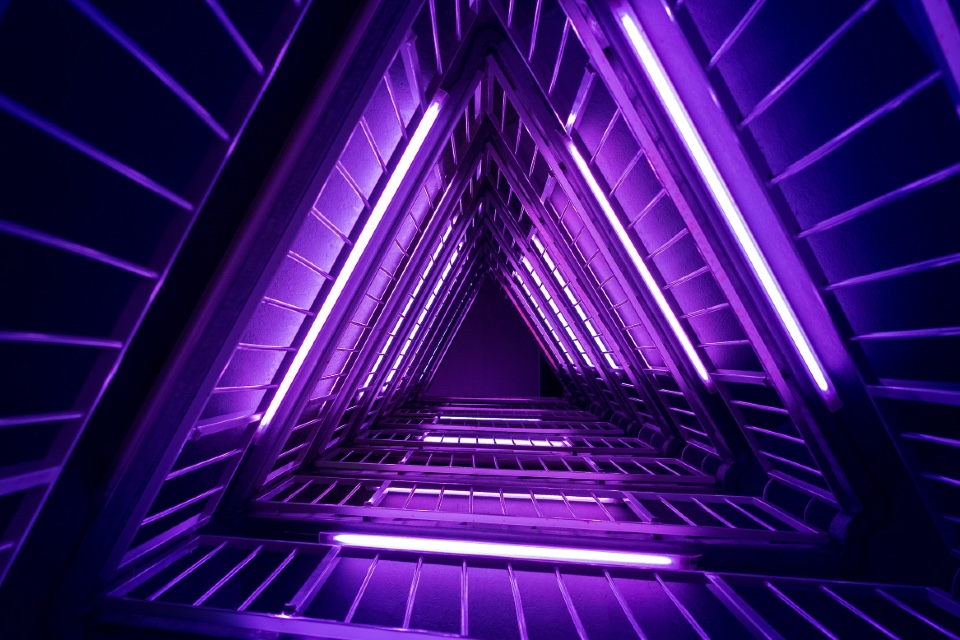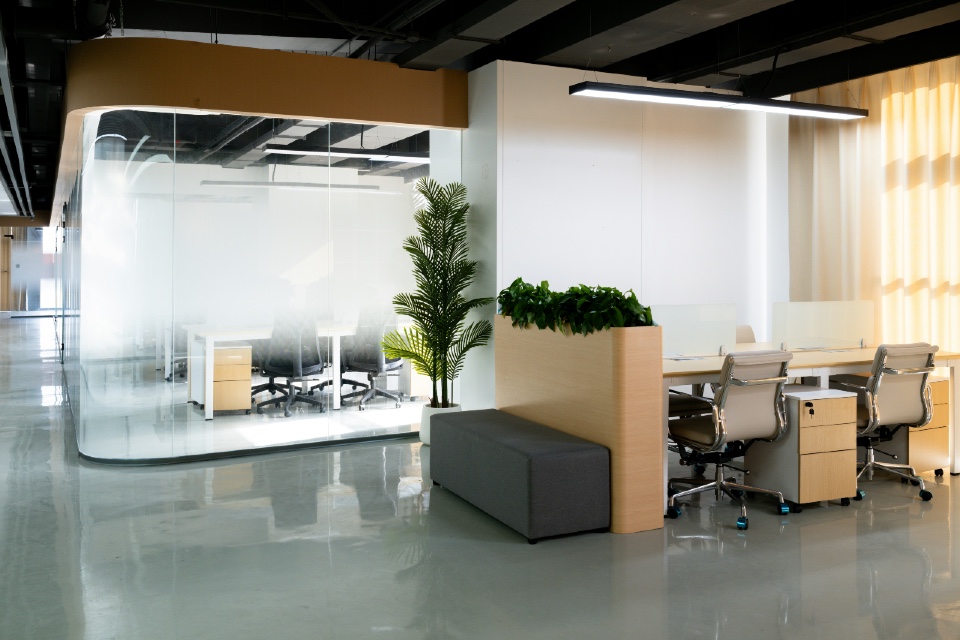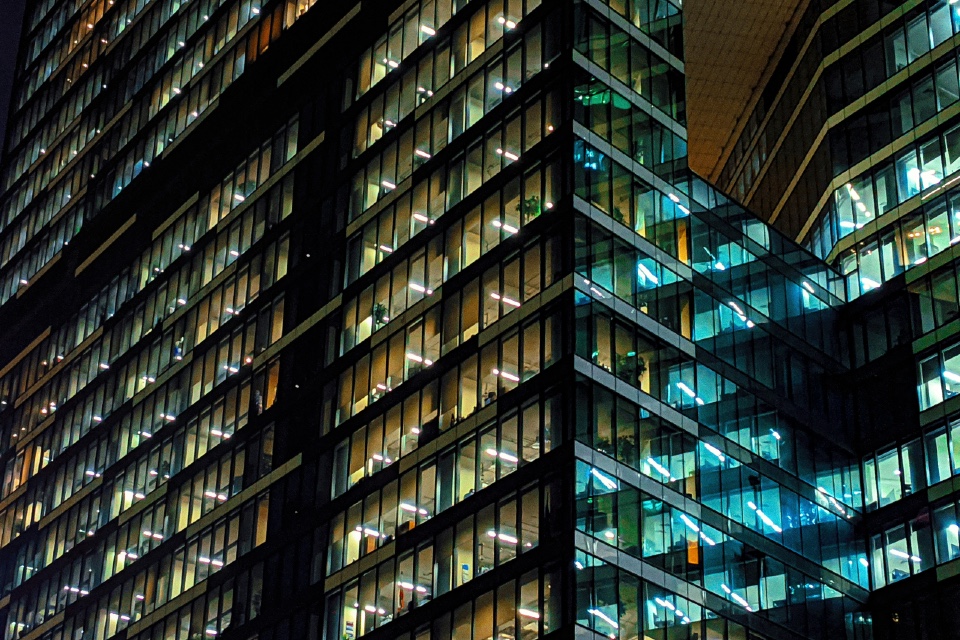For Facilities and Energy Managers in the UK’s public and private sectors, selecting, installing, and maintaining energy-efficient commercial lighting solutions is essential for reducing energy costs, meeting sustainability goals, and complying with government regulations. As lighting accounts for a significant portion of a building’s energy consumption, making informed decisions in this area can result in long-term operational savings and environmental benefits. Here is a guide to help managers navigate this process effectively, based on delegate requirements at the Energy Management Summit…
1. Selection of Energy-Efficient Lighting Solutions
The first step in selecting energy-efficient lighting is evaluating the type of technology available. LED lighting is the most popular choice due to its low energy consumption, long lifespan, and reduced maintenance requirements. Compared to traditional lighting options such as incandescent or fluorescent bulbs, LEDs use up to 80% less energy and last significantly longer, making them a top choice for cost-effective and sustainable operations.
Facilities managers should also look for lighting solutions with smart controls. These include sensors that adjust lighting based on occupancy or daylight levels, as well as automated dimming systems, which can further reduce energy use by ensuring lights are only active when needed. Lighting-as-a-Service (LaaS) is another emerging option that offers cost-effective, subscription-based models, eliminating upfront costs for installation and upgrades.
2. Installation Best Practices
The installation phase is critical to ensuring maximum efficiency and performance. Facilities and Energy Managers must first conduct an energy audit to assess the building’s current lighting usage and identify areas for improvement. Properly planning the layout of the lighting system, taking into account natural light sources, will reduce unnecessary energy consumption.
When installing lighting, managers should partner with reputable suppliers and installers who specialize in energy-efficient systems and can offer guidance on meeting specific energy performance standards. Integrated lighting controls—such as time scheduling, motion sensors, and daylight harvesting—should be incorporated to ensure that lighting systems operate at peak efficiency from the start.
3. Ongoing Maintenance and Monitoring
Maintaining energy-efficient lighting systems is essential for longevity and performance. Regular monitoring of energy consumption using smart meters and building management systems (BMS) helps identify inefficiencies or potential faults in the system. Facilities and Energy Managers should also schedule routine inspections and cleaning of fixtures, as dust and debris can reduce the effectiveness of lighting.
Finally, staying informed about new lighting technologies and updates in energy regulations ensures that facilities remain compliant and can take advantage of the latest innovations in energy efficiency.
Conclusion
By carefully selecting the right lighting solutions, installing them with expert precision, and maintaining them through regular monitoring, Facilities and Energy Managers in both the public and private sectors can reduce energy consumption, lower costs, and contribute to sustainability efforts. Energy-efficient lighting is a critical investment that brings both environmental and economic returns, making it a priority in any comprehensive facility management strategy.
Are you searching for Commercial Lighting solutions for your organisation? The Energy Management Summit can help!
Photo by Denys Zhylin on Unsplash




